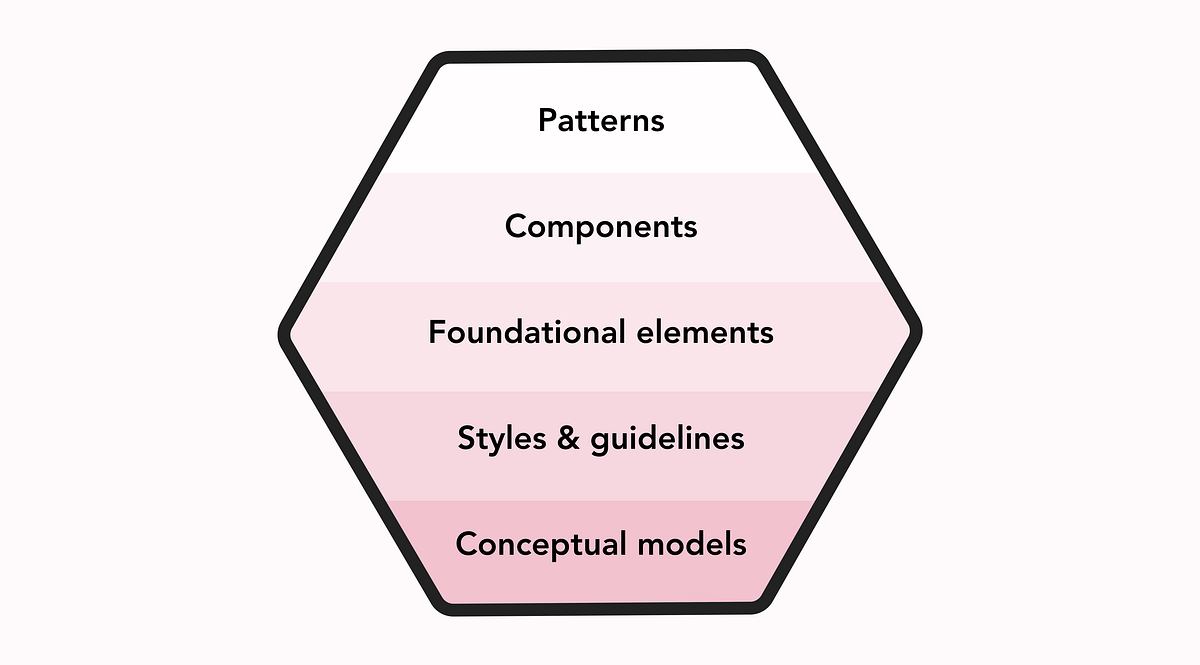
"To truly understand a digital product as a complete entity, our industry has two powerful but somewhat disconnected frameworks. Brad Frost's Atomic Design gives us the language for the visible architecture of a product, the tangible components we see and interact with. Parallel to this, the academic work of MIT's Daniel Jackson on Conceptual Models gives us a rigorous language for the invisible foundation, the deep logic and rules that govern how a product behaves."
"Practically, these two worlds are often treated as separate domains. The result can be a gap in our understanding, which is one of the things causing friction in teams and compromises to the overall user experience. This article aims to bridge the gap between these two frameworks. By synthesising the work of Frost and Jackson, I will deconstruct the digital product as a single, cohesive system. I will start with the visible surface and move layer by layer to the foundation, revealing how the invisible architecture shapes everything we see."
Two complementary frameworks describe digital products: Atomic Design for visible components and Conceptual Models for underlying logic and rules. The visible architecture comprises components arranged into patterns and flows, while the invisible foundation defines deep behaviors and constraints. Treating these frameworks as separate domains creates gaps that cause team friction and compromise user experience. Synthesizing both frameworks produces a cohesive system perspective that deconstructs products layer by layer from surface to foundation. Understanding how invisible architecture shapes visible patterns enables design decisions that align behavior, components, and user flows, improving consistency, predictability, and overall product quality.
Read at Medium
Unable to calculate read time
Collection
[
|
...
]